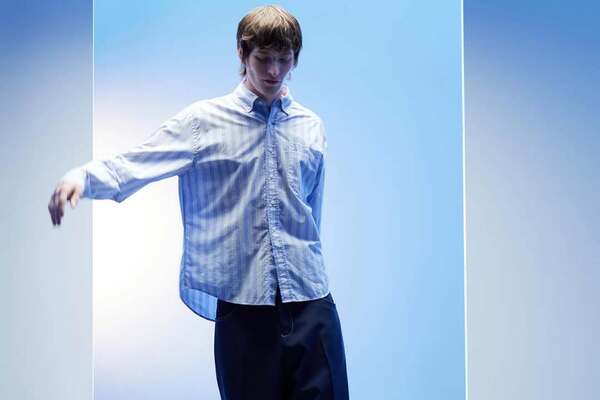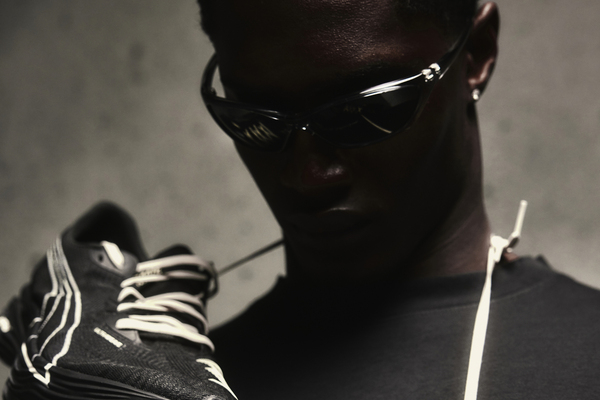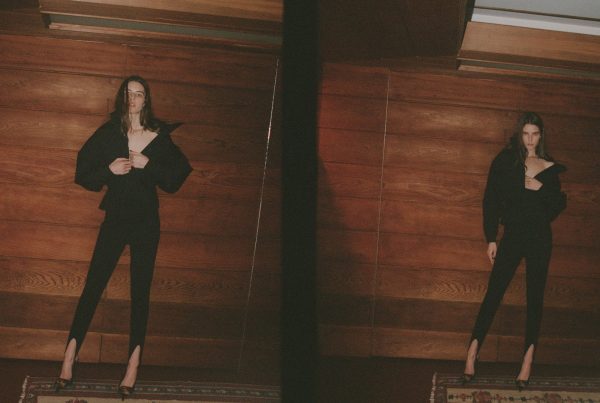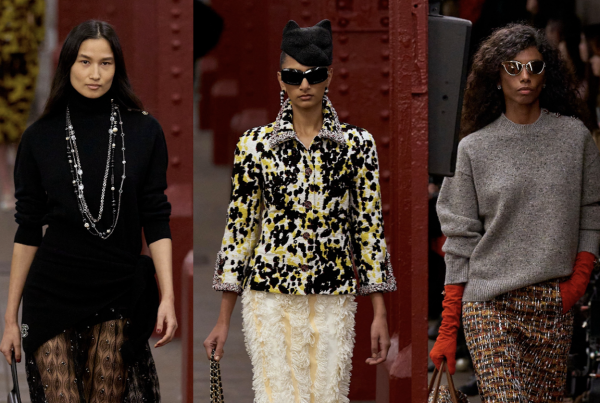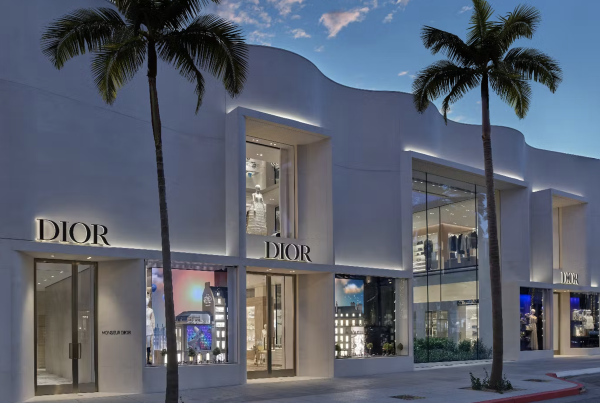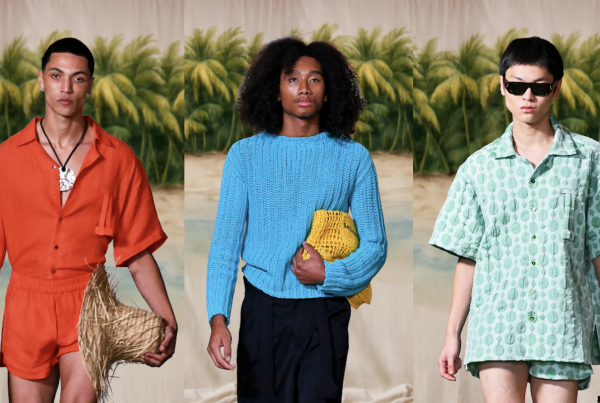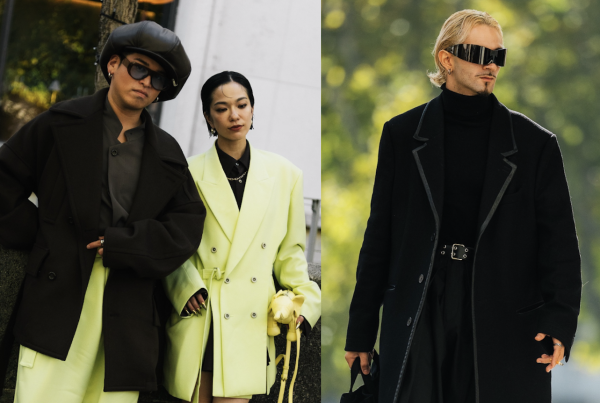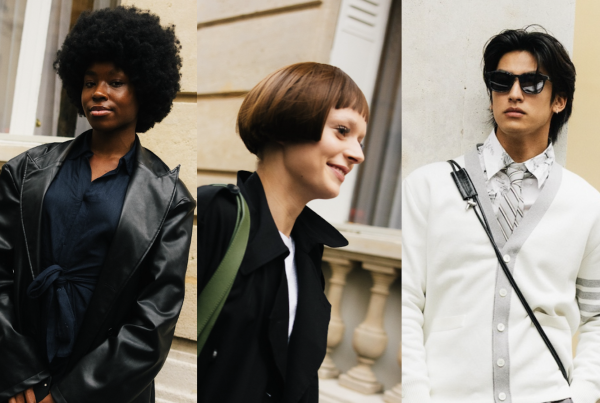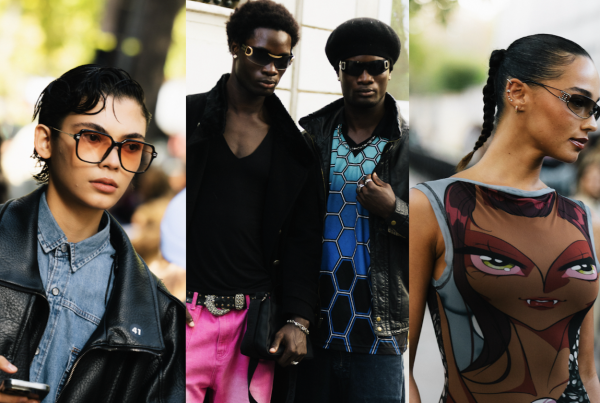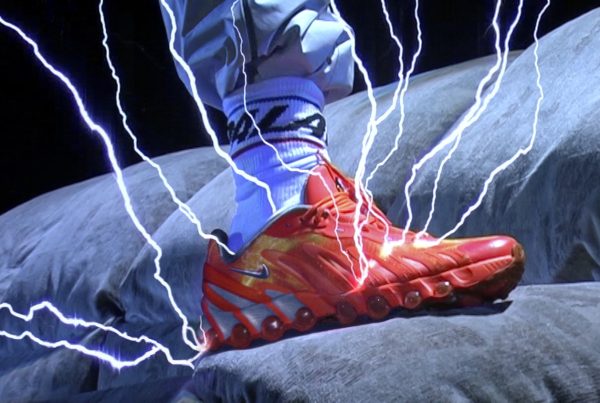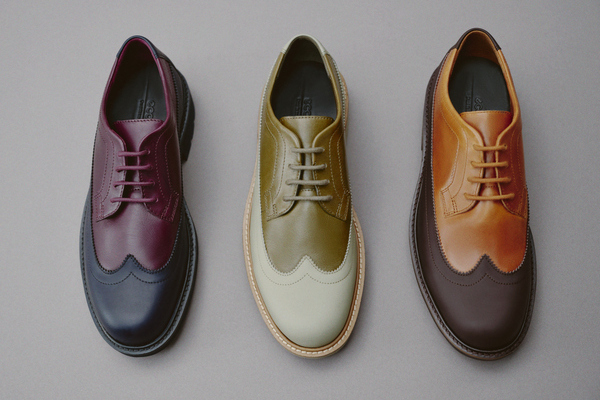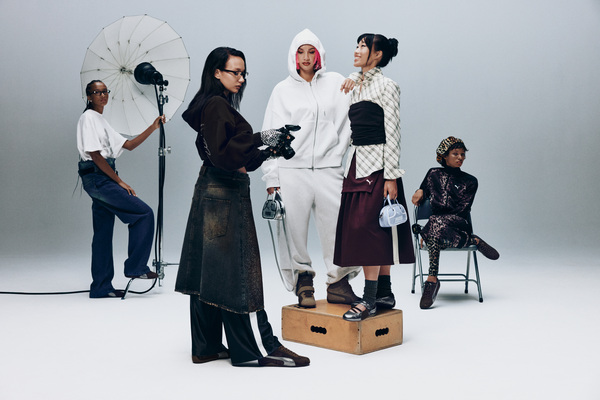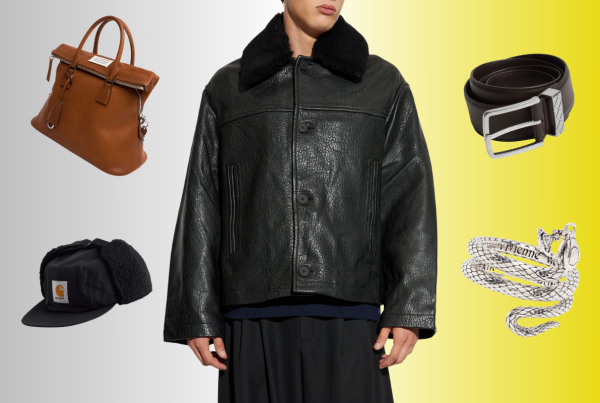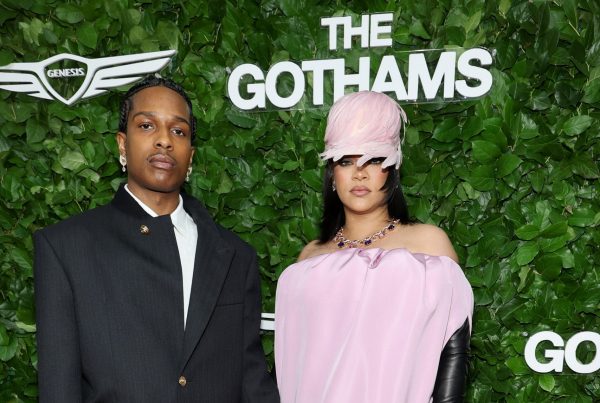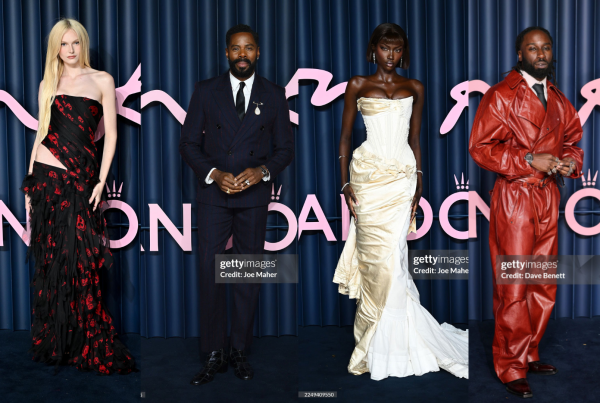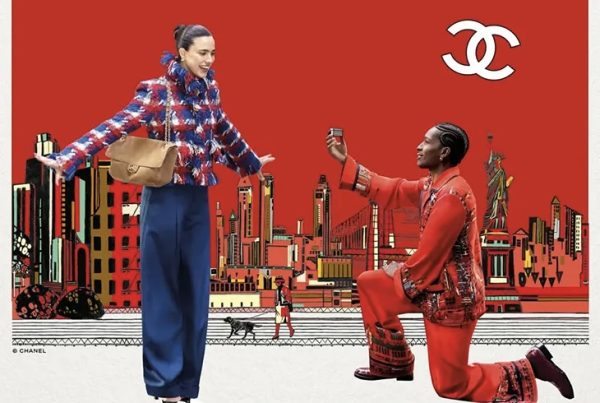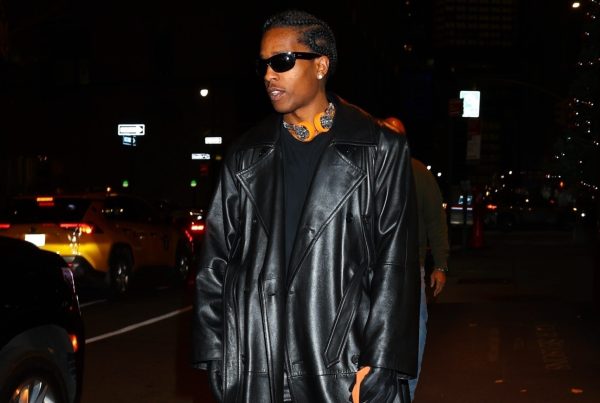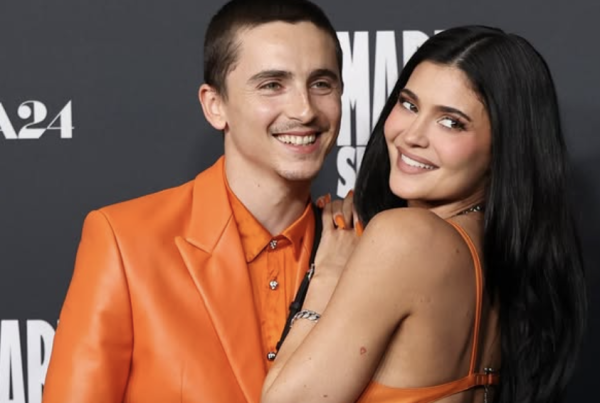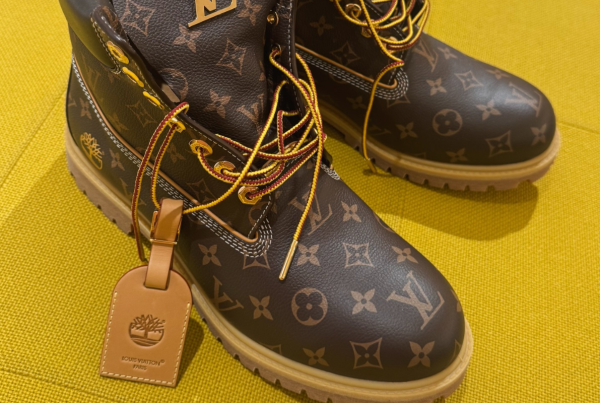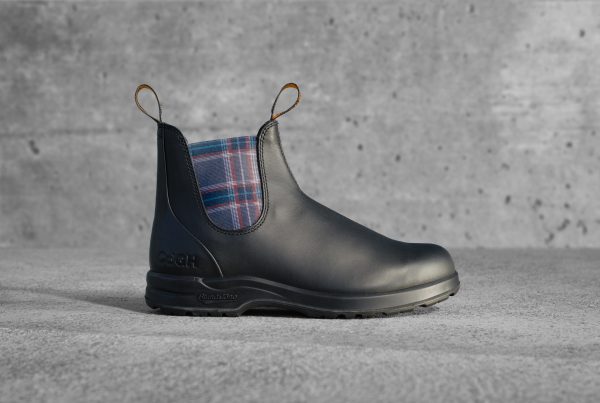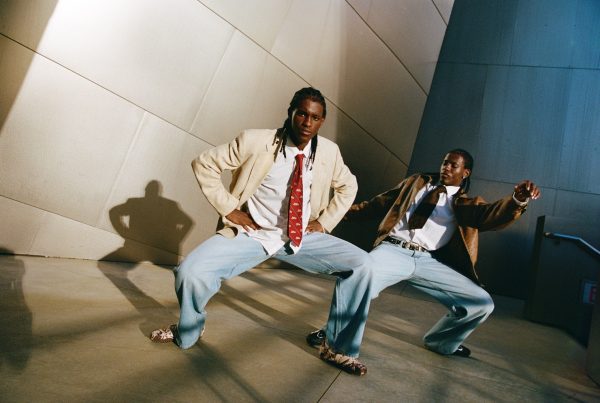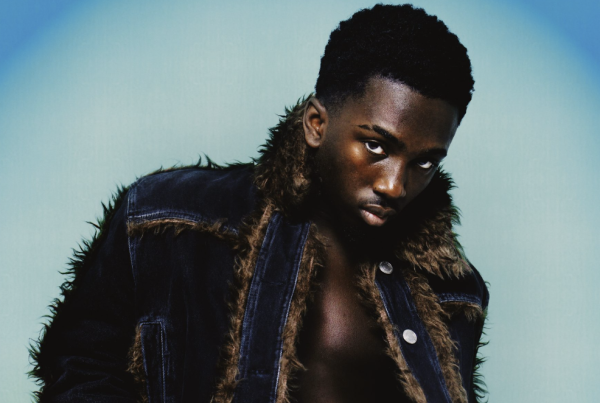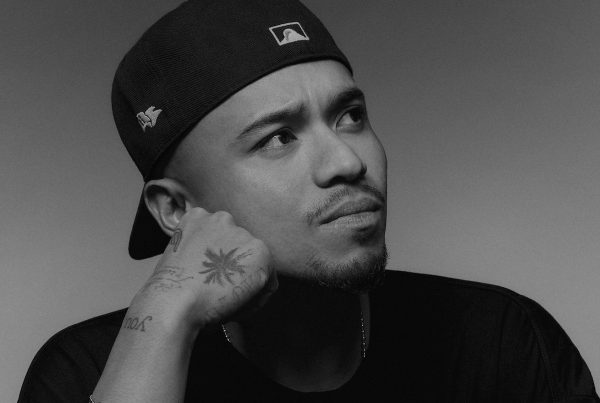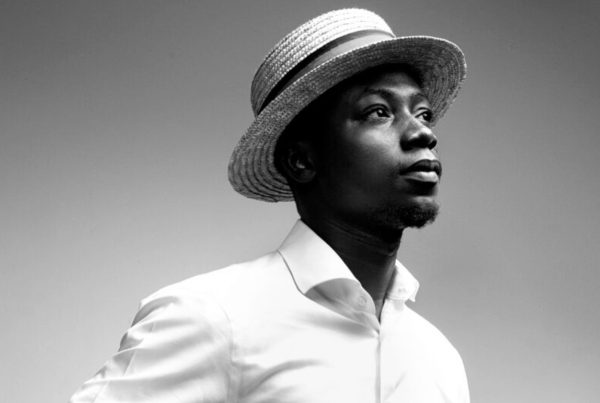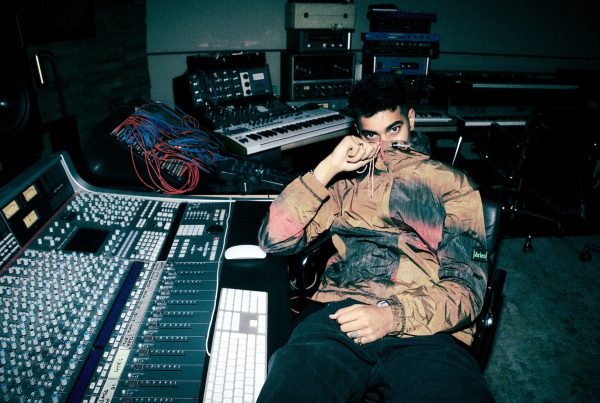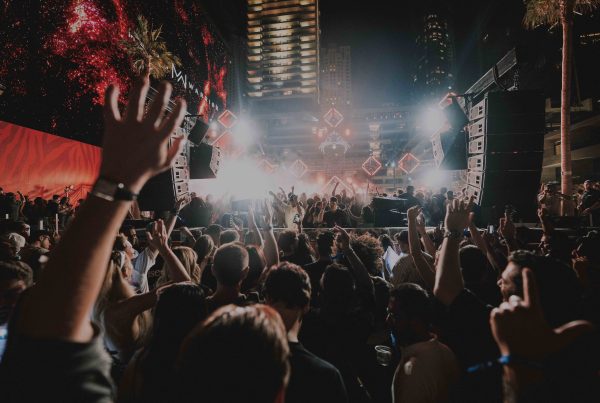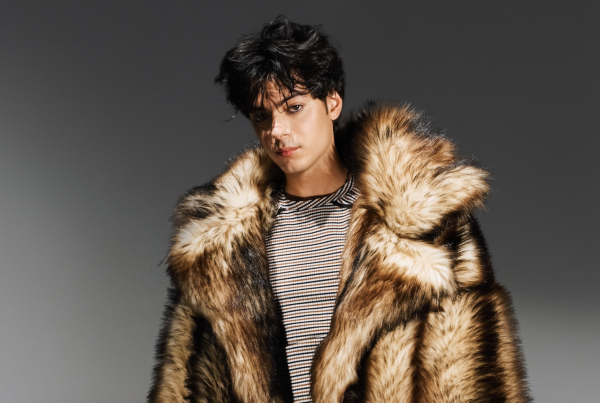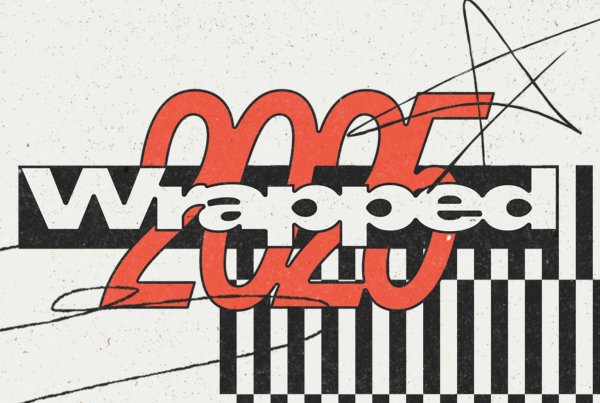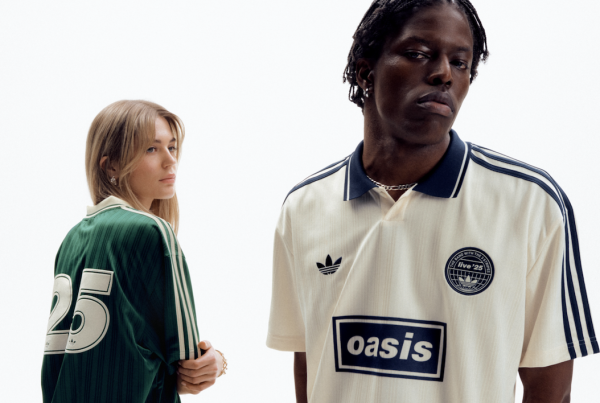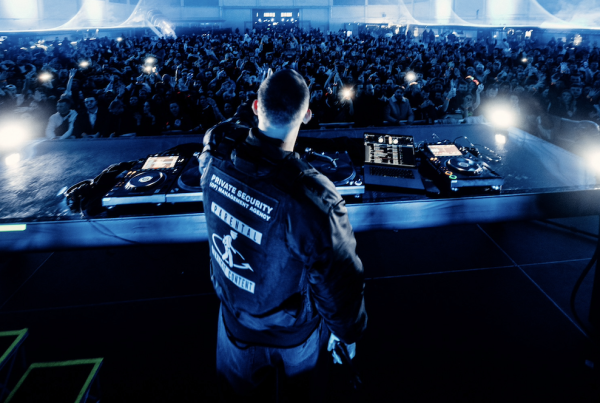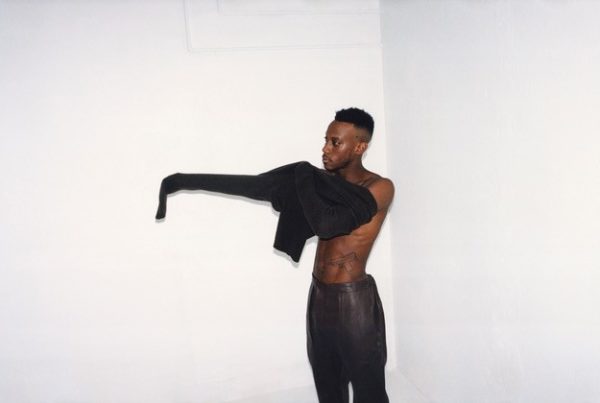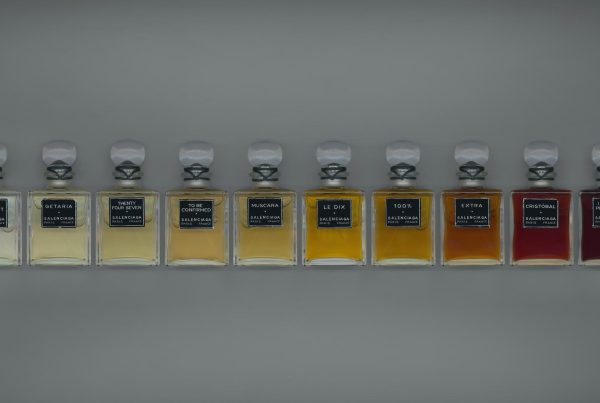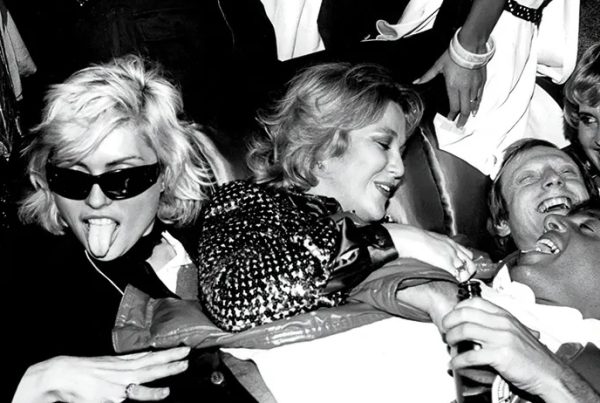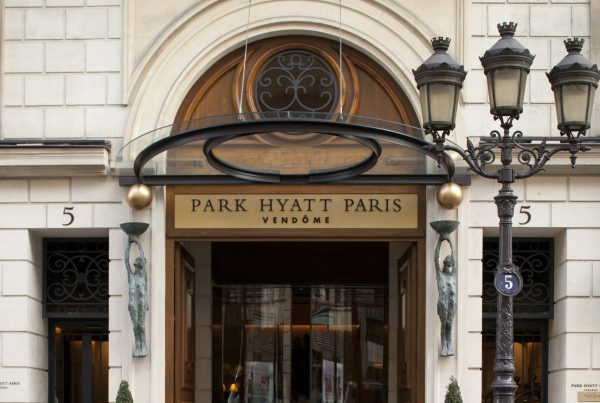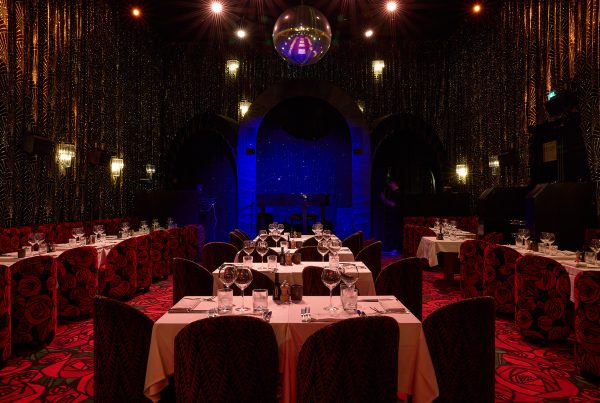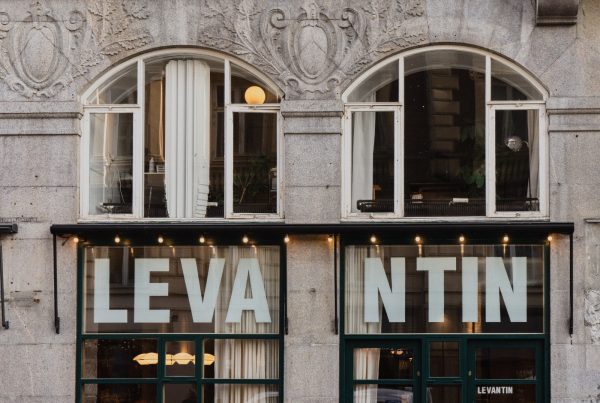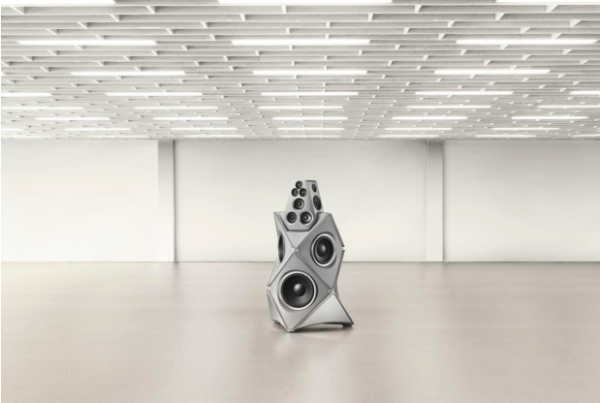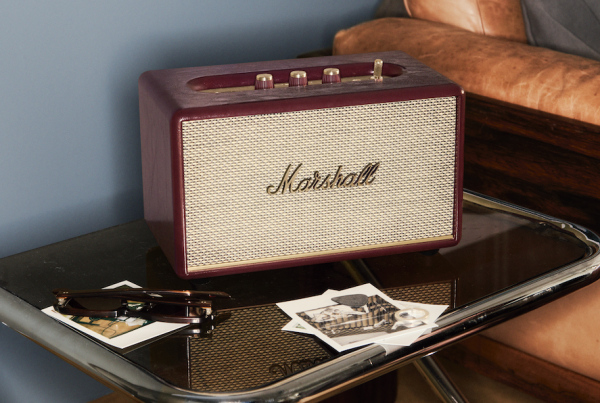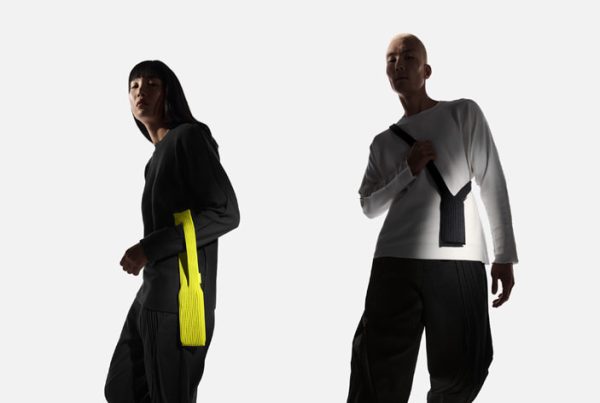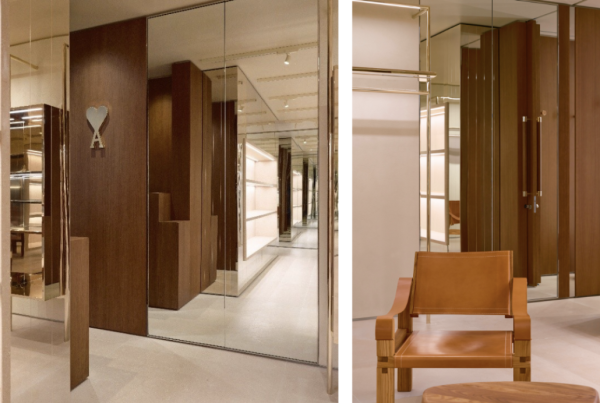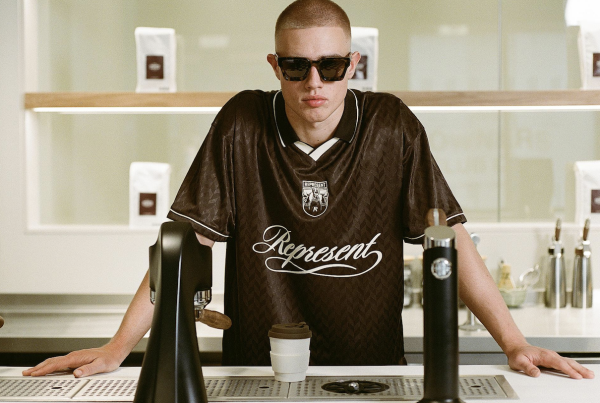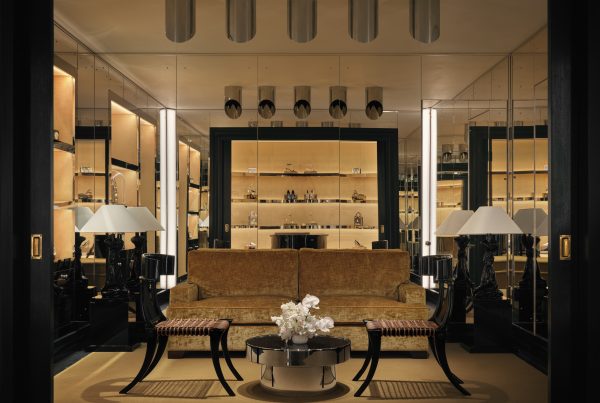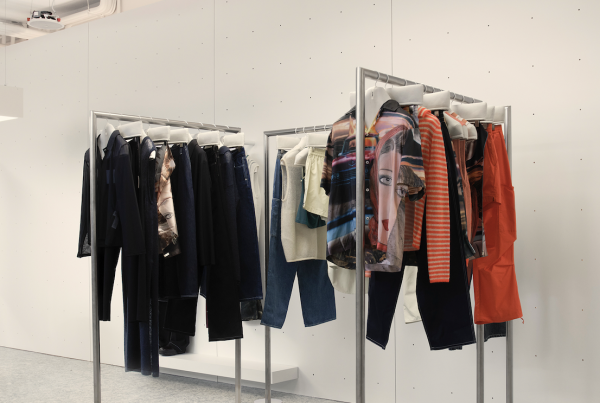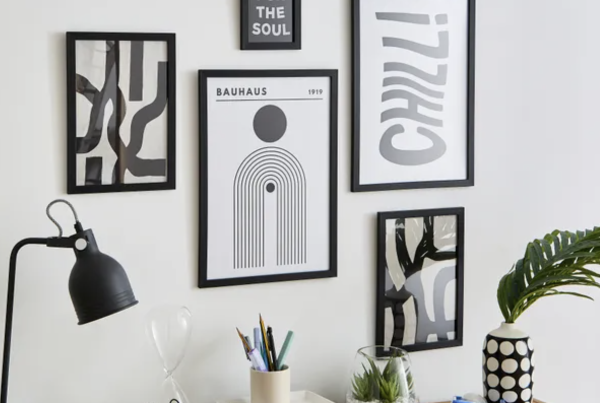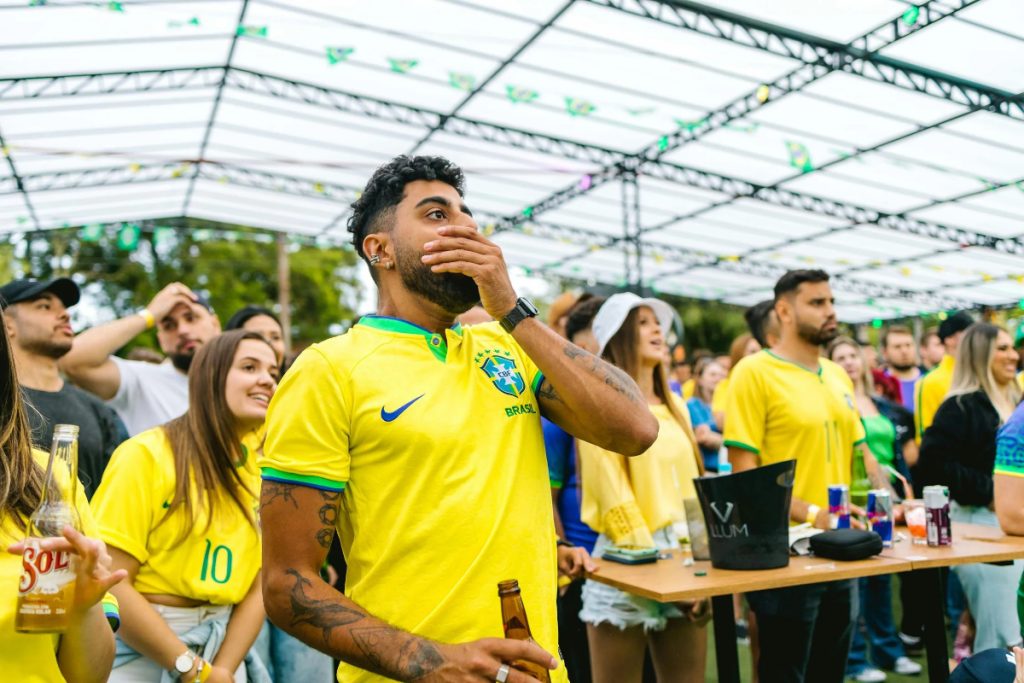
Sport has long been a driving force behind cultural trends, and nowhere is this more evident than in the realm of fashion. From the rise of athleisure to retro football kits worn as everyday attire, sport fandom has infiltrated wardrobes across the world. Fans wear their allegiance with pride, turning matchday clothing into expressions of identity. The aesthetic of the stadium – whether it’s scarves, tracksuits, or retro trainers – frequently spills into the high street and runway, giving sport a unique hold over what people wear both casually and consciously.
What begins in the stands often ends up in the street. Football in particular plays a huge part in influencing how brands design and market collections. Club collaborations with designers, limited-edition jersey drops, and retro kit revivals have made fanwear fashionable. This crossover isn’t just about logos; it’s about attitude and association. When a team gains popularity, so does its look. As fandoms become more global, the ripple effect through fashion intensifies. In recent years, even luxury labels have tapped into this momentum, crafting pieces that wouldn’t look out of place at a match or in a fashion editorial.
At the same time, the rise of sports betting has amplified visibility and engagement across sporting communities. Online gambling, especially through new betting sites in the UK, plays a growing role in how fans interact with their favourite teams and sports. As betting becomes more mainstream, it’s not unusual to see betting brands sponsoring kits, appearing on fan merchandise, or collaborating on promotional streetwear. These partnerships extend the cultural reach of both fashion and sport. In a sense, betting has embedded itself not only in matchday rituals but also in the visual identity surrounding sport.
The logos of sportsbooks now sit side-by-side with football club crests on shirts worn casually and proudly in social settings. This naturally influences what fans wear beyond game day, making sports apparel more present in everyday style. The aesthetics of betting brands – bold typography, confident colour palettes, and recognisable emblems – also shape how this merchandise looks and feels. Fans now wear more than just allegiance to a team; they wear the culture of the sport, including its commercial ecosystem, creating an evolving mix of sport, commerce, and self-expression.
Sportswear itself has blurred the line between performance gear and lifestyle clothing. Trainers once designed for pitch performance are now fashion staples. Tracksuits initially intended for warm-ups are paired with designer coats and accessories. As more fashion brands collaborate with clubs, leagues, and even betting platforms, we see new collections that reflect a hybrid of fan loyalty and contemporary style. Limited releases create hype, often leading to sell-outs and long waiting lists, much like sought-after sneaker drops or capsule collections.
Social media has only heightened the pace at which trends born in sport reach the fashion world. Influencers and celebrities spotted wearing club colours or bespoke sportswear create immediate demand. Fans emulate their heroes not just on the pitch, but off it, adopting the fashion choices of athletes and stylists alike. Footballers now double as fashion icons, attending fashion week or launching their own labels, blurring the distinction between athlete and style influencer. This visibility drives fashion cycles and introduces sports-linked clothing to new audiences.
Fandom also introduces regional and cultural identity into the fashion conversation. Whether it’s the checkered scarves of European ultras or the colourful layers seen in South American terraces, fans express their heritage and pride through fashion. These details — often picked up by designers and brands — are reinterpreted and fed back into wider fashion ecosystems. What begins as grassroots culture often ends up shaping global fashion campaigns, particularly when it intersects with the visibility that betting and broadcasting brings to international audiences.
As clubs become global brands and fans become stylists of their own matchday looks, the possibilities for crossover only grow. From licensed fashion collabs to bespoke tailoring that incorporates club motifs, the evolution of fanwear continues. The old dichotomy between “fashionable” and “fan” has eroded. Supporters are no longer just spectators; they’re curators of personal style that reflects their sport, geography, and affiliations. This holistic representation has made sport one of the richest sources of modern fashion influence.
The impact of sport fandom and betting culture on fashion isn’t a passing trend; it’s an evolution of how we understand style. It reflects a deeper connection between identity, loyalty, and the ways people present themselves. With fashion houses now embedding sport into their DNA and fans playing an active role in trendsetting, the gap between the stands and the runway has never been smaller. Whether it’s through a sponsored kit, a retro design, or a streetwear collaboration, sport will continue to shape the way we dress for seasons to come.

